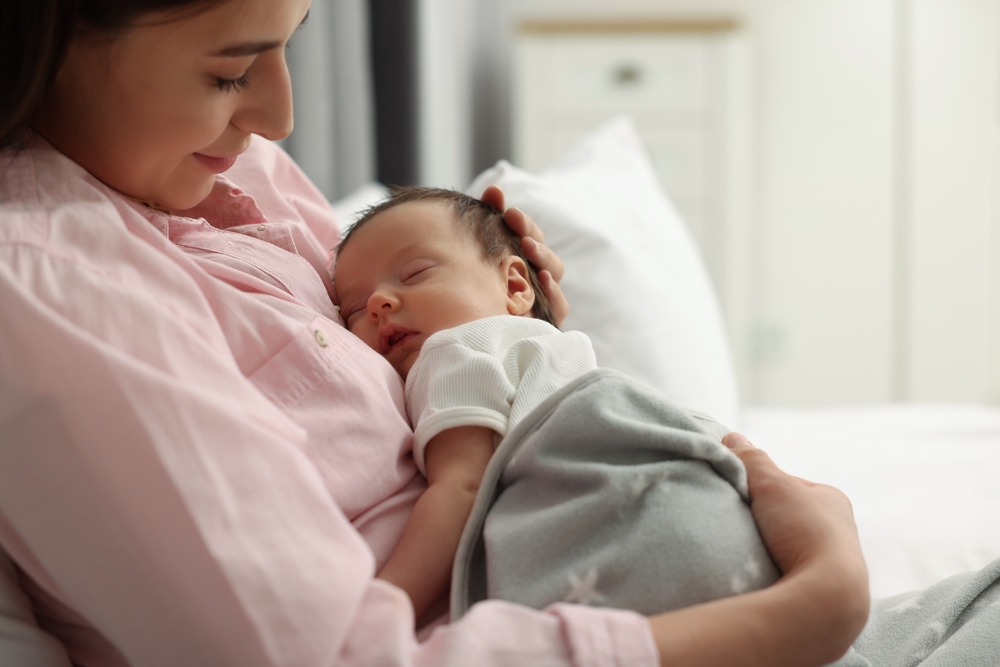News release
From:
Guidelines at a Glance:
- A team led by Murdoch Children’s Research Institute have developed the first national guidelines to improve the long-term health outcomes of children born very preterm
- The National Health and Medical Research Council of Australia approved guidelines focus on the follow-up care of babies born before 32 weeks’ gestation from the time they leave hospital up until six years of age. These children are at increased risk of growth, health and developmental problems
- The guidelines state to address gaps in care every family with a child born very preterm should be guided by a co-ordinated, multidisciplinary team to ensure health concerns are identified and treated early
Australian guidelines have been created to improve the long-term health outcomes of children born very preterm.
The clinical practice guidelines, the first of its kind in the country, focus on the follow-up care of babies born before 32 weeks’ gestation from the time they leave hospital up until six years of age.
The guidelines have been led by Murdoch Children’s Research Institute (MCRI)’s Centre of Research Excellence in Newborn Medicine and developed alongside a team of neonatologists, pediatricians, clinicians, maternal and child health nurses and those with lived experiences of preterm birth from across Australia.
MCRI Professor Jeanie Cheong said the guidelines recommended structured and specific post-discharge care for very preterm babies who were at an increased risk of growth, health and developmental problems.
About 3,500 babies or 1.1 per cent are born very preterm in Australia every year. Of which about 60 per cent will experience difficulties.
“Children born very preterm require intensive medical care to survive,” Professor Cheong said. Treatment for these children has advanced over time and survival rates have significantly improved. But due to their early birth they face potential health setbacks including delayed growth, elevated blood pressure, hearing loss, neurodevelopmental and sleep problems, language delay and autism.
“Some difficulties present early in life and others during the preschool years. Very preterm birth is distressing for caregivers and families and along with the additional carer burden, can have consequences for family wellbeing, mental health and quality of life.”
Professor Cheong said follow-up services for children born very preterm varied considerably across Australia.
“A lack of consistency in follow-up care at hospitals and other medical and community services has led to many children missing out on important assessments for identifying health issues and access to timely referrals,” she said. It’s critically important that difficulties are identified early to ensure children receive appropriate, early intervention.”
MCRI’s Dr Jamie Owen said to avoid these gaps in care, every family with a child born very preterm should be guided by a co-ordinated, multidisciplinary team.
“These Australian first guidelines detail how GP clinics, hospitals and other healthcare centres can work together to ensure all children have access to transformative, ongoing care and any health concerns are identified and treated early,” she said.
“Follow-up care, needs to be tailored to each child and initiated by each hospital’s Neonatal Intensive Care Unit (NICU) team. Post-discharge care may involve many healthcare professionals and services, making co-ordination between these teams essential to maximise efficiency, reduce duplication and lessen the burden on families.”
Teddy weighed as much as a glass of milk when he was born. Entering the world at 26 weeks’ gestation, Teddy weighing just 719 grams almost fit in his mother’s hand.
Mum Sarah Kirby said when Teddy’s heart rate started to slow while still in utero, doctors had to perform an emergency caesarean.
Teddy received care in the NICU for almost 100 days. He needed breathing support and a feeding tube to help keep his tiny body growing.
“Everything happened so quickly, making it difficult to process that he wasn’t going to be born at full term,” Sarah said. I was just going through the motions until I saw him in the NICU and then reality sunk in. The first time I held him he was about the size of my hand.”
Sarah said given the harrowing statistics around babies born very preterm she was incredibly thankful that her little boy continued to “wow her.”
“Over the course of Teddy’s time in the NICU I would spend every day at the hospital, then pick my daughter up from school and after dinner I or my husband would check in on him at night,” Sarah said.
“When we were finally able to take him home it was a bit daunting but mostly a wave of relief and gratitude.”
Sarah said Teddy, now 14 months, was cheeky and inquisitive and only required physiotherapy support.
“With many babies born preterm they can take one step forward and then four steps back,” she said. But Teddy luckily hasn’t had many setbacks. Since leaving the hospital he has managed to reach all of the required milestones. He is the light of our lives.”
Sarah said the new national guidelines were incredibly reassuring.
“Being a mum of a preterm baby is very overwhelming so having structure and access to the right supports once you leave hospital is invaluable,” she said. This will come as a huge comfort to families, knowing their babies will have the best follow-up care.”
The guidelines, approved by the National Health and Medical Research Council (NHMRC), will be reviewed in five years’ time and updated with any additional evidence-based recommendations.
Professor Cheong said further funding would also help extend follow-up care for those born preterm throughout their schooling years and into adulthood.
For more on the preterm birth follow-up care guidelines.
*The content of this communication is the sole responsibility of Murdoch Children’s Research Institute (MCRI) and does not reflect the views of the NHMRC.
Available for interview:
Professor Jeanie Cheong, MCRI Group Leader, Victorian Infant Brain Studies
Professor Rod Hunt, Monash Health’s Newborn Intensive Care Unit
Sarah Kirby whose son Teddy, 14 months, was born very preterm
Emma Byers whose twins Chester and Eli, 8, were born very preterm



 Australia; VIC
Australia; VIC


